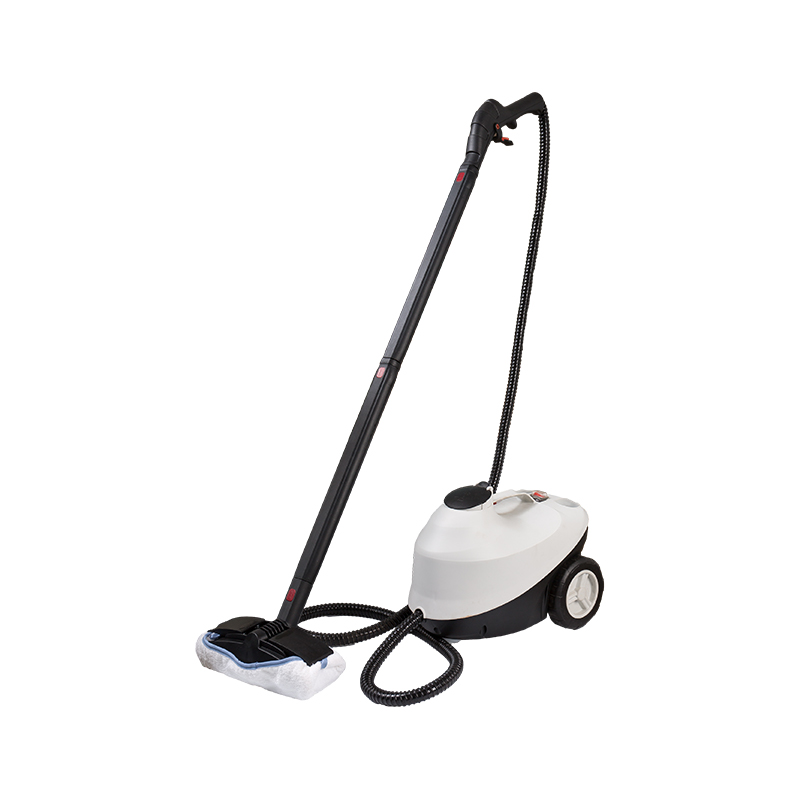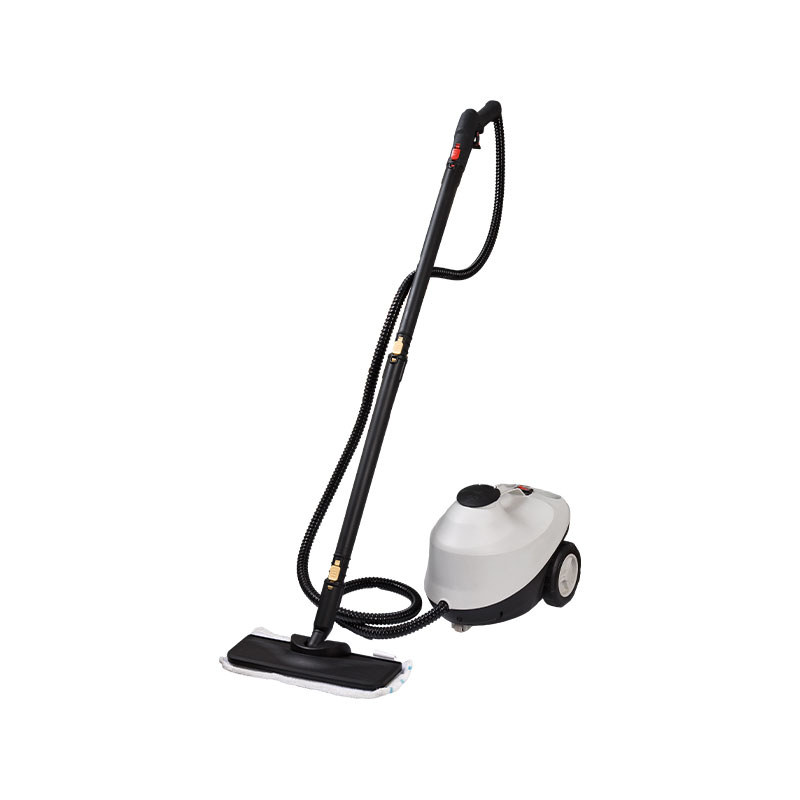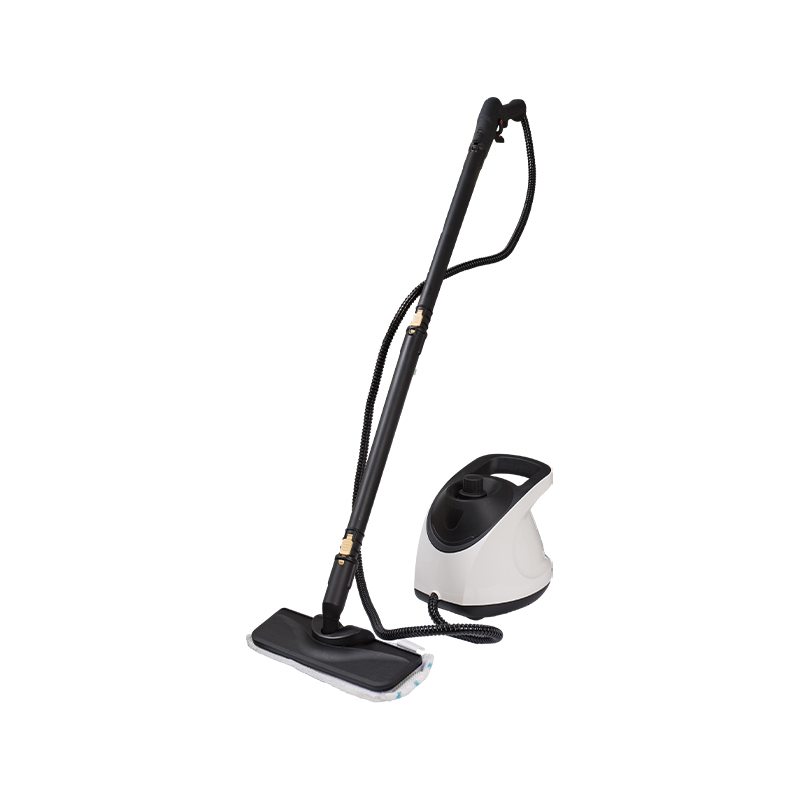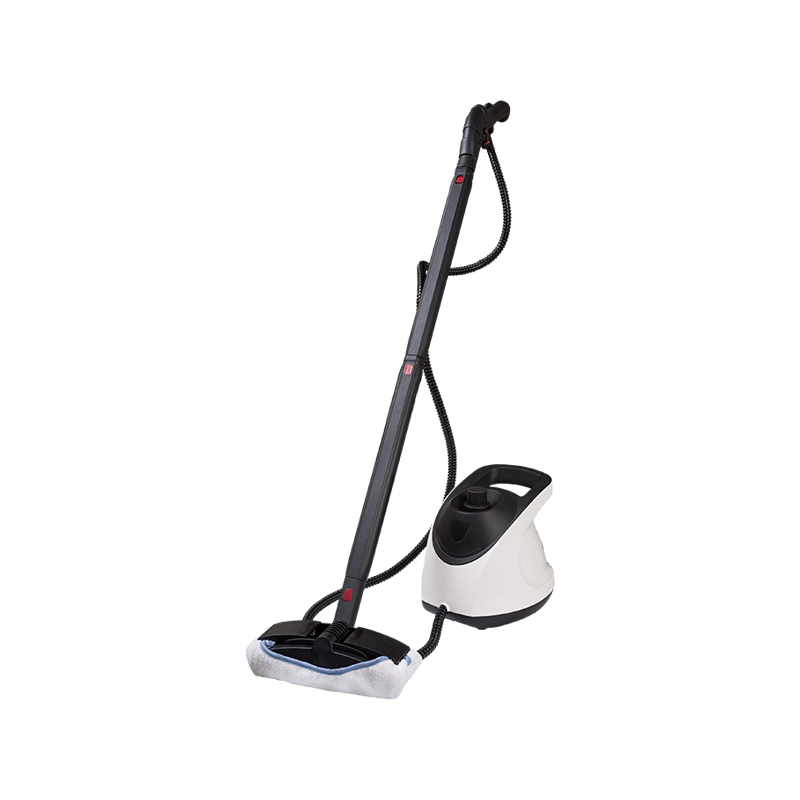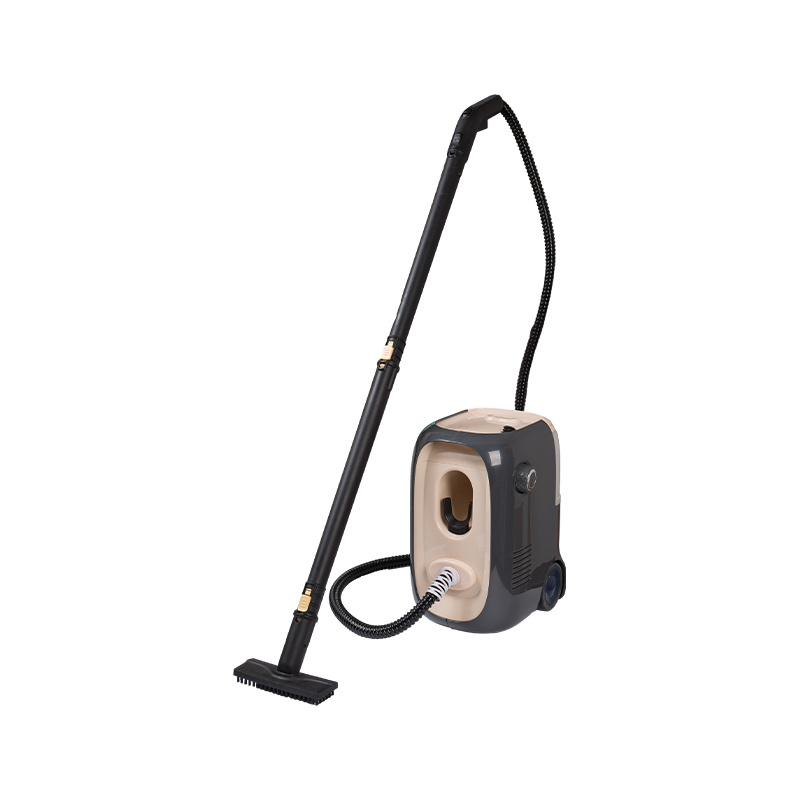Understanding the Cleaning vs Sanitization Debate
The question of whether steam mop clean or merely sanitize surfaces is central to understanding their value in home maintenance. To address this properly, we must first establish clear definitions of both cleaning and sanitization in the context of household hygiene.
Cleaning refers to the physical removal of dirt, debris, and impurities from surfaces. This process doesn't necessarily kill germs but reduces their numbers and the organic matter that supports their growth. Sanitizing, on the other hand, involves reducing the number of germs on surfaces to levels considered safe by public health standards.
Key Insight:
Steam mops perform both cleaning and sanitization simultaneously through the combined action of heat, moisture, and pressure. The high-temperature steam dissolves dirt and grime while simultaneously killing most bacteria and viruses on contact.
How Steam Mops Actually Work
Steam mops operate on a remarkably simple yet effective principle: they heat water to extremely high temperatures (typically between 200°F and 300°F) to create pressurized steam. This steam is then applied to surfaces through a mop head, which is usually covered with a microfiber pad that absorbs dissolved dirt and grime.
Water Heating
The device heats water in a sealed reservoir to temperatures exceeding the boiling point, creating pressurized steam.
Steam Application
Pressurized steam is released through small vents in the mop head onto the cleaning surface.
Dirt Dissolution
The high-temperature steam instantly dissolves dirt, grease, and grime without chemical cleaners.
Surface Sanitization
The heat from the steam kills bacteria, viruses, dust mites, and other microorganisms on contact.
Soil Absorption
The microfiber pad absorbs the dissolved dirt and moisture, leaving surfaces clean and nearly dry.
Cleaning Capabilities of Steam Mops
Steam mops are exceptionally effective at cleaning a variety of common household surfaces. Their cleaning power comes from three primary mechanisms:
1. Thermal Action: The high-temperature steam dissolves sticky residues, dried spills, and greasy buildup that traditional mopping often leaves behind.
2. Pressure Application: The steam is applied with slight pressure, helping to dislodge dirt from grout lines and textured surfaces.
3. Capillary Action: Microfiber pads absorb dissolved dirt and moisture efficiently, preventing dirty water from being redistributed across floors.
In terms of cleaning effectiveness, steam mops perform exceptionally well on sealed hard surfaces like tile, sealed hardwood, laminate, and vinyl flooring. They're particularly effective at removing common household soils including:
- Dirt and mud tracked indoors
- Food spills and sticky residues
- Pet stains and paw prints
- Water spots and mineral deposits
- Soap scum and hard water buildup
Sanitizing Capabilities of Steam Mops
The sanitizing power of steam mops comes from the high temperatures they generate. Most bacteria, viruses, and other pathogens cannot survive prolonged exposure to temperatures above 175°F (79°C). Steam mops typically produce steam at temperatures between 200°F and 300°F (93°C to 149°C), which is more than sufficient to kill the vast majority of household pathogens.
Scientific studies have demonstrated that steam cleaning effectively eliminates:
- 99.9% of common bacteria including E. coli and Salmonella
- Most viruses including influenza strains
- Dust mites and their allergens
- Mold spores and mildew
- Bed bugs and their eggs when applied properly
Important Consideration:
While steam effectively sanitizes surfaces on contact, the duration of exposure matters. For optimal sanitization, the steam should be applied to each area for at least 10-15 seconds. This ensures sufficient heat penetration to kill microorganisms that might be protected by surface irregularities or microscopic debris.
Comparative Analysis: Steam Mops vs Traditional Cleaning Methods
| Aspect | Steam Mops | Traditional Wet Mops | Chemical Spray Mops |
| Cleaning Effectiveness | Excellent on most sealed hard surfaces | Good with proper technique | Good for light cleaning |
| Sanitization Capability | High (heat-based) | Low without disinfectant | Medium (chemical-based) |
| Chemical Usage | None (water only) | Requires cleaning solutions | Requires disposable pads and chemicals |
| Drying Time | Very fast (nearly dry) | Slow (leaves surfaces wet) | Medium (damp after use) |
| Allergen Removal | Excellent (heat kills dust mites) | Fair (may spread allergens) | Good (with proper chemicals) |
| Environmental Impact | Very low (only water) | Medium (chemical runoff) | High (disposable pads, chemicals) |
Benefits of Steam Cleaning Technology
Eco-Friendly
Steam mops use only water, eliminating the need for chemical cleaners that can harm the environment and indoor air quality.
Cost Effective
After the initial investment, operating costs are minimal since you only need water and occasional replacement pads.
Time Efficient
No mixing solutions or wringing mops. Just fill with water, wait for steam, and clean. Surfaces dry almost instantly.
Hypoallergenic
Steam cleaning kills dust mites and removes allergens without chemicals, ideal for allergy sufferers.
Deep Cleaning
Steam penetrates porous surfaces like grout, removing embedded dirt that traditional mopping leaves behind.
Versatility
Many steam mops come with attachments for cleaning windows, countertops, upholstery, and more.
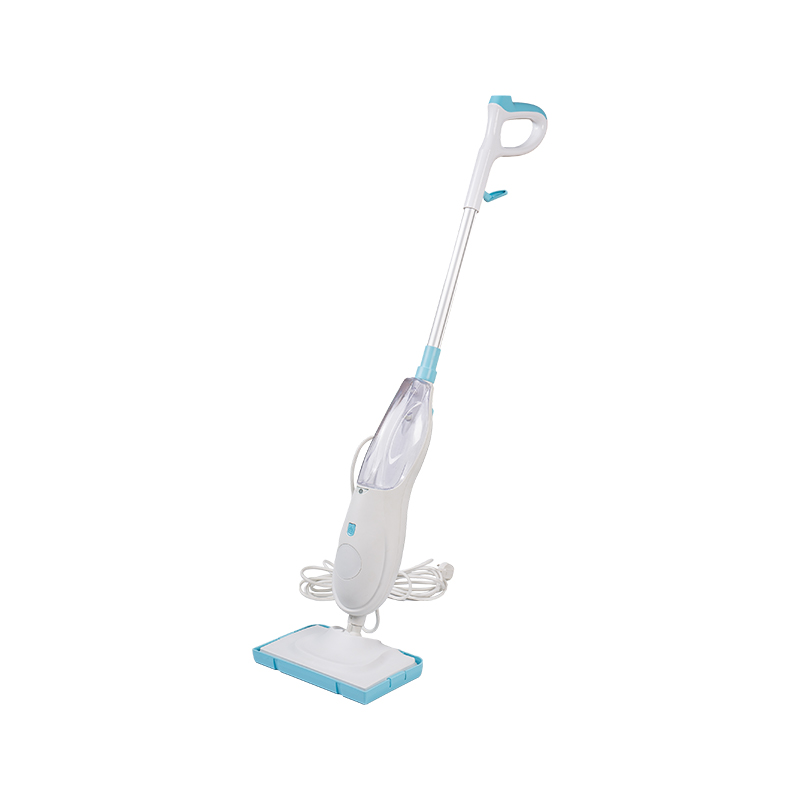
Limitations and Proper Usage Considerations
Understanding Steam Mop Constraints
While steam mops offer numerous benefits, they do have limitations that users should understand:
- Surface Restrictions: Steam should not be used on unsealed hardwood, waxed floors, or surfaces that could be damaged by heat and moisture.
- Deep Stains: While excellent for routine cleaning, steam alone may not remove deep-set or old stains without additional cleaning methods.
- Water Quality: Hard water can cause mineral buildup in the steam chamber over time, requiring occasional descaling.
- Safety Concerns: The high-temperature steam can cause burns if not handled properly, and care should be taken around children and pets.
- Initial Cost: Quality steam mops represent a higher initial investment than traditional mops, though they save money over time.
For optimal results, always follow manufacturer instructions regarding surface compatibility, recommended steam settings, and maintenance procedures.
Scientific Research on Steam Cleaning Efficacy
Numerous scientific studies have examined the cleaning and sanitizing effectiveness of steam technology:
A 2019 study published in the Journal of Applied Microbiology demonstrated that steam cleaning at 175°F (79°C) eliminated 99.99% of common household pathogens including E. coli, Salmonella enterica, and Staphylococcus aureus on non-porous surfaces when applied for just 5 seconds. At higher temperatures (over 200°F), even shorter exposure times achieved the same results.
Research conducted at the University of Washington found that steam cleaning reduced allergen levels in homes by an average of 87% compared to chemical cleaning methods. The high temperatures were particularly effective at denaturing proteins in dust mite feces, a common cause of allergic reactions.
In a comparative study of floor cleaning methods, steam mops outperformed traditional wet mopping in removing both particulate soil and microbial contamination. The study noted that traditional mopping often redistributes dirt and bacteria rather than removing them, especially when mop water isn't changed frequently.
Research Insight:
Steam cleaning has been shown to be more effective than many chemical disinfectants against certain resilient pathogens like norovirus, which has a protective protein coat that makes it resistant to common disinfectants but vulnerable to high-temperature steam.
Expert Recommendations for Optimal Results
Based on extensive testing and research, cleaning experts recommend the following best practices for steam mop users:
- Pre-cleaning: For heavily soiled areas, sweep or vacuum first to remove loose debris that could interfere with steam penetration.
- Temperature Settings: Use the highest temperature setting appropriate for your flooring type to maximize cleaning and sanitization.
- Slow Movement: Move the steam mop slowly (about 1 foot every 3-5 seconds) to allow sufficient steam penetration and contact time.
- Pad Maintenance: Change microfiber pads frequently during cleaning to prevent redistributing dirt. Wash pads after each use according to manufacturer instructions.
- Water Quality: Use distilled or demineralized water to prevent mineral buildup in your steam mop, extending its lifespan.
- Surface Testing: Always test steam cleaning on an inconspicuous area when cleaning a new surface type.
Conclusion: Cleaning AND Sanitizing
Based on the scientific evidence, practical testing, and expert analysis presented in this comprehensive examination, steam mops effectively perform both cleaning and sanitization when used properly on appropriate surfaces.
Steam mops clean by dissolving and removing dirt, grime, and stains through the combined action of high-temperature steam and absorbent microfiber pads. Simultaneously, they sanitize by killing bacteria, viruses, dust mites, and other pathogens through heat exposure at levels that meet or exceed public health sanitization standards.
While steam mops are not a universal solution for all cleaning challenges and have specific limitations regarding surface compatibility, they represent an effective, eco-friendly cleaning technology that provides both physical removal of soil and microbial reduction without chemical additives.
For households seeking a chemical-free cleaning method that combines both cleaning and sanitization, steam mops offer a scientifically validated solution that delivers on both fronts when used according to manufacturer guidelines and surface compatibility recommendations.
References: This article synthesizes information from peer-reviewed journals including the Journal of Applied Microbiology, American Journal of Infection Control, and Environmental Science & Technology, along with technical data from appliance testing organizations and university research programs focused on household hygiene technologies.


